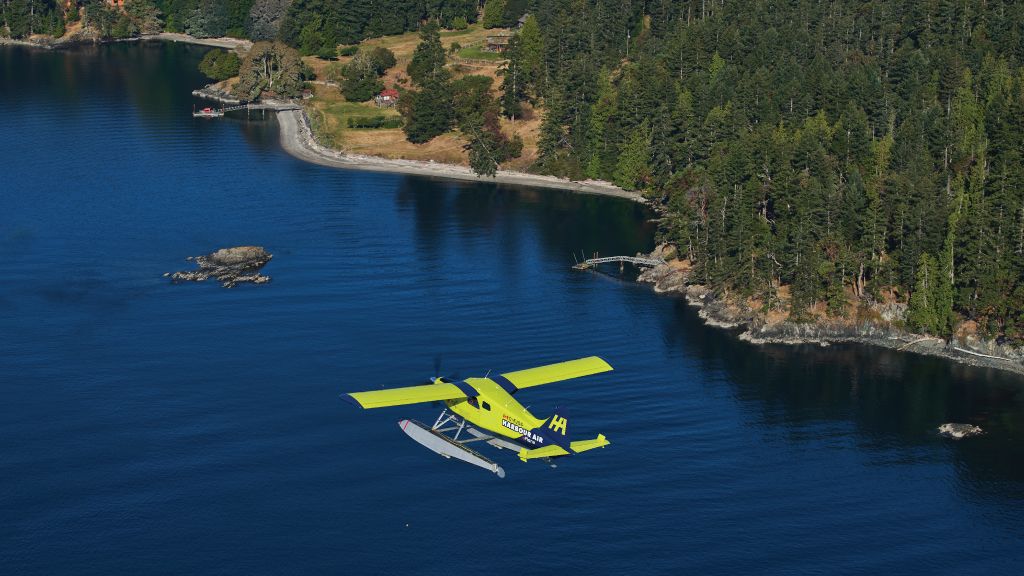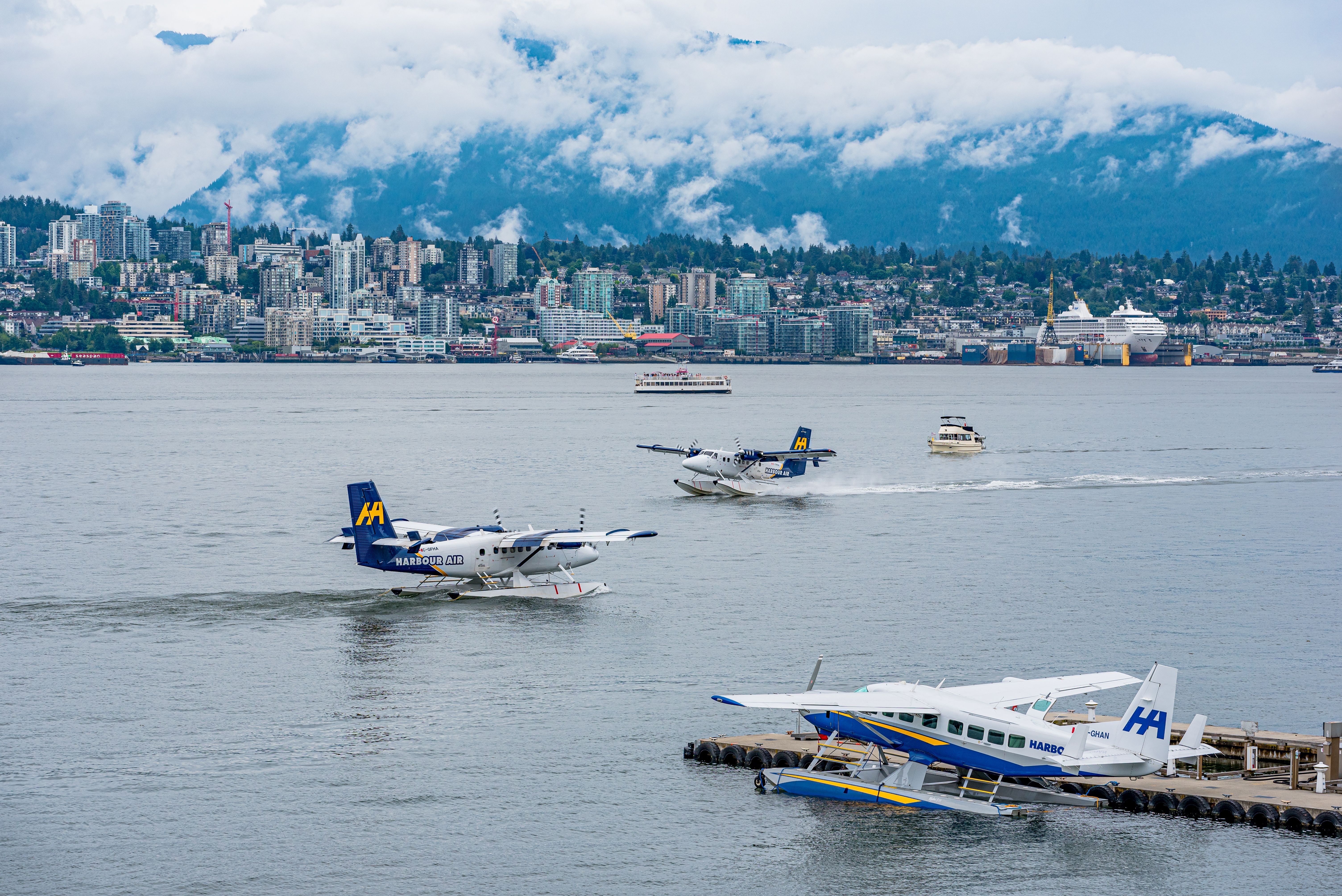Last week, Harbour Air provided an update on its electric journey and the certification process of its electric plane, the De Havilland Beaver. In a statement, Harbour Air Seaplanes said that technology has been outpacing the regulators, which has delayed the certification process until at least 2025.
Certification delayed
The British Colombian floatplane operator will have to postpone the start date of passenger flights for its electric-powered De Havilland Canada DHC-2 after learning that there are significant delays in the certification process.
According to Harbour Air Seaplanes, the technology has been outpacing the regulators since, over the past few months, the company has been trying to certify the installation of components into an aircraft where no certification path exists. This applies in particular to the magni650, the engine developed by MagniX, which operates using electrical technology installed on the aircraft.
The company added that assumptions had been made to continue developing. Nonetheless, this can result in the risk of misinterpretation from regulators. “One such situation occurred when an assumption was made throughout the industry that an electric engine is equivalent to a reciprocating engine when it comes to system safety analysis and single fault tolerance to a loss of power control (LOPC),” the company explained. However, the regulators require a system safety analysis for a single electric engine installation to meet the reliability requirements. They will also define what LOPC means for an electric engine this month.
This means that providers will have to adjust their technology, which could lead to supply chain issues and significant delays.
What’s next for the eBeaver?
This latest development means a delay in the certification process for the eBeaver. First of all, regulators do not expect to achieve harmonization on the battery requirements until late 2024. This means certification of battery components will occur in 2025. Harbour Air Seaplanes expects the certification of the magni650 in mid-2025, which means the certificate for the installation on the eBeaver will fall after that date.
Get the latest aviation news straight to your inbox: Sign up for our newsletters today.
Meanwhile, ePlane 1.0 –Harbour’s first electric plane– will continue to fly, providing valuable data for the company. This aircraft has already completed several milestones. For instance, Harbour Air completed the first all-electric point-to-point test flight last year. It has completed over 70 kilometers of flights. The company expects its ePlane 2.0 to fly, most likely, in 2024, although no confirmation has been made on this.
The last thing we heard about ePlane 2.0 was that the next prototype aircraft, registration C-FIFQ, was in the company's hangar. Last December, the aircraft had been stripped, removing all powerplant, fuel systems, and subsystems preparing it for its conversion to electricity.
About the engine
The Federal Aviation Administration (FAA) described the magni350 and magni650 model engines as pieces of electrical technology with a novel or unusual design feature when compared to the state of technology envisioned in the airworthiness standards applicable to aircraft engines. This design feature is an electric motor, controller, and high–voltage systems as the primary source of propulsion for an aircraft. magniX applied for a type certificate for these engines on April 2019. It was the first time the FAA had begun a type certification of an engine that primarily used electrical technology to propel an aircraft.
Would you like to travel onboard an all-electric aircraft? Let us know in the comments below.


